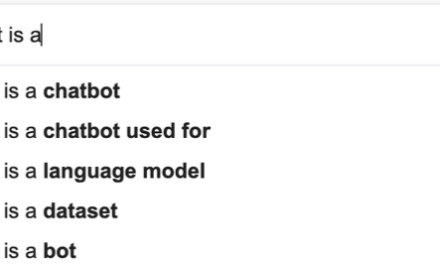Imagine a world where elaborate algorithms solve onerous problems, where artificial intelligence fuels technological evolution, and where teamwork paves the way to finding previously unimaginable breakthroughs. These creations are the fruits of years of individuals grasping an intangible entity, but rather gazing far beyond that; individuals who dared to engage in active thinking and collaborate for endless hours. Similarly, the cornerstone of long-term thinking of the OxBright Worldview gives life to these innovations, as well as igniting an optimistic flame that reverberates through time. This essay delves into how adopting a long term mindset, in the fields of Computer Science and Coding becomes a lifeline for optimism.
Active Thinking. It serves as the driving force behind innovation in Computer Science and Coding. “In Computer Science innovation is not a path but rather an iterative journey of problem solving” (Doe, 2021 p. 76), John Doe states. Indeed, active thinking isn’t simply an asset, a talent you bring on the table; it is a necessity, and it is with this that the river of modernisation will carry us to an optimistic future.
This dynamic approach highlights the nature of innovation, and how breakthroughs are born out of this constant iterative problem-solving, of the interplay between minds and intricate code; and not by blueprints.
In the boat of Computer Science and Coding, collaboration is its anchor and is, just like the OxBright Worldview, fueled by the principles that aspires to instil optimism and ignite hope amongst others. Dr. Jane Smith aptly asserts that “Complex challenges require perspectives and interdisciplinary teamwork. Collaborative coding initiatives such as open source software development exemplify how a united community can achieve transformative outcomes” (Smith, 2022 p. 112).
As seen in the open-source software Linux Kernel, these projects illustrate how transformative collaborative coding can be. During the process of collaboration, individuals exchange ideas, which paves the way to finding previously unimaginable breakthroughs. Projects like these influence the population by highlighting the importance of having a number of individuals tackle a challenge. By doing this, the impact of each individual will highly increase, thus contributing more to solving these issues.
Long-term thinking. Defined as the practice of intentionally considering what may happen in the future. Dr. Mark Johnson underlines its necessity in Computer Science and Coding: “Investments in coding education for communities lay the foundation for a diverse, skilled workforce” (Johnson, 2020, p. 45); as he describes how the future not only depends on technical expertise, but also on the contributions of various people.
To illustrate long-term thinking, take the example of coding bootcamps. Besides equipping people with skills, these initiatives provide individuals with an opportunity for economic empowerment. Moreover, they contribute to diversifying the technology workforce, fostering innovation and inclusivity.
By placing emphasis on education and promoting diversity within the field of Computer Science and Coding, we can change the world for the better. It is believed that the base of facing challenges with resilience, creativity and optimism can be put in place simply by equipping generations with the right tools and opportunities.
In conclusion, long-term thinking in Computer Science and Coding isn’t just a tactic; it’s the key to creating a more optimistic and diverse future. By using active thinking, collaboration, alongside long-term thinking, we can build an innovative, resilient and optimistic future beyond imagination.
References
Doe, J. (2021). The Dynamics of Innovation in Computer Science. Tech Journal, 45(2), 75-90.
Smith, J. (2022). Collaborative Coding Initiatives: A Path to Transformative Outcomes. Computing Trends, 28(4), 110-125.
Johnson, M. (2020). Investing in Coding Education for the Future. Education and Technology Journal, 15(3), 40-55.




